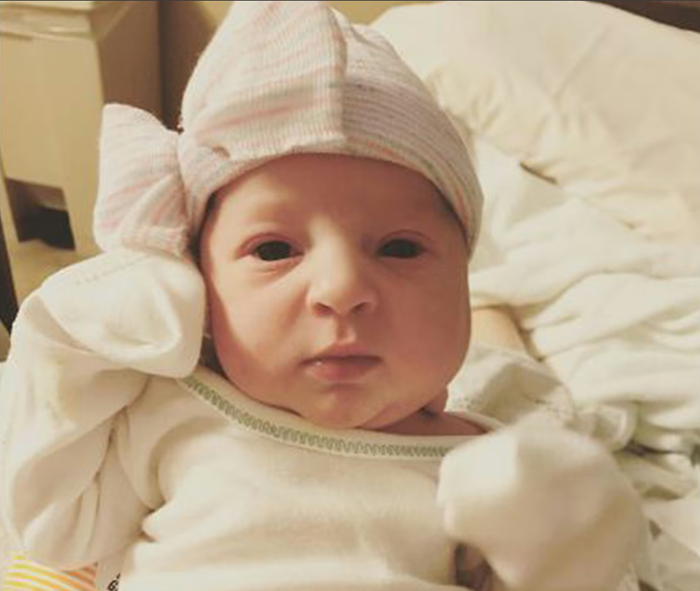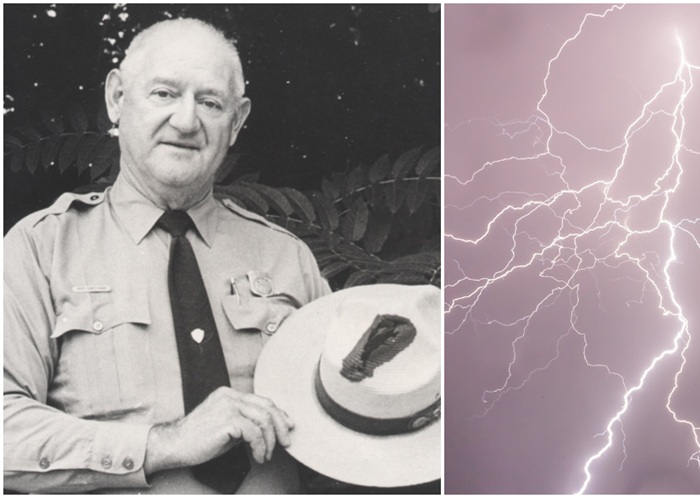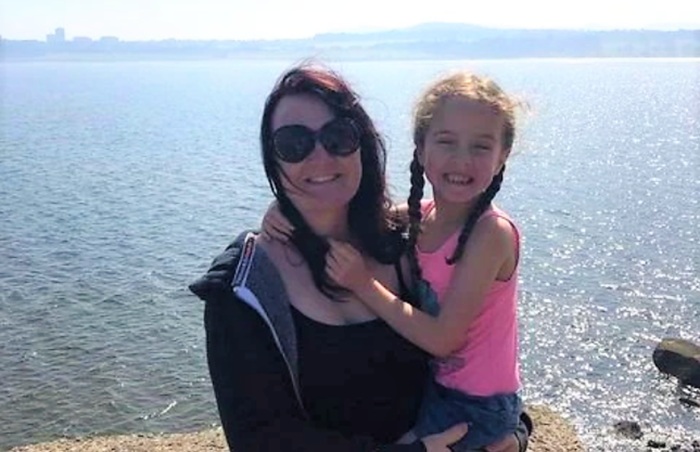Nikola Tesla’s name often appears in discussions of genius, innovation, and scientific imagination. Yet for many people, his story remains incomplete, overshadowed by myth and simplified by popular culture. His true life is far richer. It is a story that spans continents, touches on triumph and hardship, and reveals a man who shaped the modern electric age but never secured the financial stability that many of his contemporaries enjoyed.
Born in 1856 in the village of Smiljan, then part of the Austrian Empire, Tesla emerged from modest beginnings. He was the son of a Serbian Orthodox priest, and from an early age he showed unusual intellectual abilities. He absorbed information with remarkable speed, sometimes reading entire books in a single sitting. His memory retention bordered on photographic. These gifts would follow him throughout his life and guide him toward discoveries that brought electricity to homes, factories, and cities across the world.
This article explores Tesla’s life in a clear, structured way. It examines the development of alternating current, his partnership with Westinghouse, his rivalry with Thomas Edison, and his work on wireless technology, radio, lighting, and power transmission. It also looks at the personal habits that shaped his character, his financial struggles, and the legacy he left behind. Though more than a century has passed since many of his breakthroughs, the systems he created still form the backbone of modern electrical infrastructure.
Early Life and Extraordinary Intellectual Strength
Nikola Tesla grew up in an environment that valued learning, discipline, and religious tradition. His father hoped he would join the priesthood, while his mother, though not formally educated, was inventive and skilled with practical household tools. Tesla credited her with encouraging his imagination.
From childhood, he displayed unusual cognitive abilities. He recalled entire passages from books after only one reading and performed complex calculations without writing anything down. As he got older, he studied mathematics, physics, and engineering with great enthusiasm. He eventually enrolled at the Graz University of Technology in Austria at the age of nineteen. During his time there, he became known for his sharp intellect and strong opinions.
Tesla obsessively studied the limitations of direct current motors. He argued with one of his professors about the inefficiencies in DC motor design and insisted that a different method was possible. His focus on these problems grew so intense that he spent long hours working alone, skipping classes and neglecting other academic duties. Alarmed, his professors warned that such habits could damage his health.
During these years, he began experimenting with the idea of a rotating magnetic field. This concept would eventually form the foundation of alternating current technology. Though he did not yet have the tools to test his theories, he worked through the mathematics and kept refining his ideas.
Unfortunately, Tesla’s personal life took a difficult turn. He fell into gambling, lost his tuition money, and eventually dropped out of the university without completing his degree. These setbacks contributed to a period of mental exhaustion that forced him to step back and recover.
The Birth of an Idea That Changed the World
In 1881, after regaining his health, Tesla moved to Budapest. It was here, while walking with a friend and reciting poetry, that he experienced a breakthrough. As he later described it, the design of an alternating current motor came to him in a flash. He knelt on the ground and used a stick to draw the rotating magnetic field concept that had lingered in his mind for years.
This was the moment that defined his scientific identity. The idea would later reshape global electricity systems and influence nearly every part of modern industrial life. Yet at the time, Tesla had no money and few opportunities to build the device. He needed work, resources, and a new environment.
In 1884, he decided to emigrate to the United States. He arrived in New York with only a few coins, a change of clothes, and a letter of introduction from one of his former supervisors. This letter was addressed to Thomas Edison.
Working With Thomas Edison
Tesla arrived in America determined to build a better life. The United States was in the middle of rapid industrial expansion, and Edison was among its most influential figures. The letter Tesla carried made an impression. It stated, “I know two great men, and one of them is you. The other is this young man.”
Edison hired him soon after they met. At the time, Edison was committed to promoting direct current systems. DC power had serious limitations, but Edison believed it could become the future of electricity. He asked Tesla to improve the efficiency of his DC machines. According to Tesla’s later account, Edison promised him a substantial reward of $50,000 if he succeeded.
Tesla threw himself into the work. He redesigned machines, improved components, and strengthened overall performance. After months of effort, he presented the improved system. When he asked about the promised reward, Edison allegedly brushed it aside as a joke. Feeling betrayed, Tesla resigned.
This event marked the beginning of a long rivalry between the two men. Their conflict was not just personal. It reflected a much broader battle between direct current and alternating current. The war of ideas that followed reshaped the history of electricity.
After leaving Edison’s company, Tesla struggled to survive. He worked manual labor jobs, including digging ditches, before finding employment with Western Union. There, he was given the chance to design components for alternating current systems. This opportunity brought him closer to realizing his vision.
The Creation of the Polyphase Alternating Current System
Tesla’s greatest accomplishment was the development of an entire system for generating, transmitting, and using alternating current. His inventions included:
- An AC generator
- Transformers capable of raising and lowering voltage
- A transmission network
- Motors powered by rotating magnetic fields
- Lighting fixtures designed for AC operation
This collection of devices formed a complete electrical framework. Because AC current could travel long distances without significant power loss, it had major advantages over the DC systems Edison promoted. Factories, cities, and neighborhoods could be powered from a single distant source.
Tesla patented his AC motor and related apparatus in 1888. His work attracted the attention of George Westinghouse, founder of the Westinghouse Electric Company. Westinghouse saw AC as the future and recognized that Tesla’s system could revolutionize the industry.
Partnership With Westinghouse and the Spread of AC Power
Westinghouse purchased Tesla’s patents for a combination of cash, stock, and royalties. He then hired Tesla to help develop AC systems for practical use. The partnership proved successful, and Westinghouse began installing AC networks across the United States.
The rivalry between Edison and Westinghouse became known as the “War of Currents.” Edison campaigned aggressively against AC power and attempted to portray it as dangerous. He staged public demonstrations that misled the public about the nature of electricity. Despite this resistance, AC’s advantages were too great to ignore.
The turning point came in 1893 at the World’s Columbian Exposition in Chicago. Westinghouse won the contract to illuminate the fairgrounds. Millions of visitors witnessed the power and reliability of Tesla’s alternating current system. It was a moment of global influence.
Three years later, in 1896, Westinghouse installed the world’s first major hydroelectric AC plant at Niagara Falls. The success of this project secured AC power as the foundation of modern electrical distribution.
Tesla’s inventions now had a place in homes, factories, and cities around the world.
The Tesla Coil and Advances in Radio and Wireless Technology
In 1891, Tesla invented the Tesla coil. This device produced high-voltage, high-frequency alternating current. It formed the basis for many future technologies, including radio communication and early experiments with wireless energy.
Tesla believed that electricity could one day be transmitted without wires. He conducted demonstrations in which he lit lamps from across a room using only the energy radiating from his coil. He experimented with radio waves before Guglielmo Marconi and held patents that outlined key components of radio transmission.
When Marconi sent the first transatlantic radio signal in 1901, Tesla objected. He argued that Marconi had used many of his patented ideas. In 1943, the United States Supreme Court agreed. They ruled that Tesla’s patents came first and recognized him as the true inventor of radio. This ruling took place the same year Tesla died, long after the credit could have helped him financially.
Tesla also conducted research on gas-filled lamps that later contributed to the development of fluorescent lighting. He explored the use of radio waves to detect ships, a concept that eventually evolved into radar. He designed a bladeless turbine, developed efficient electrical generators, and studied early robotics concepts.
Throughout his life, Tesla obtained more than one hundred patents. Many of his ideas were far ahead of their time.
Work on Wireless Power and the Wardenclyffe Tower
One of Tesla’s most ambitious visions involved wireless communication and power transmission. He imagined a world in which information and energy could move freely across great distances. Messages, instructions, and data could travel instantly from one continent to another. Electricity could reach remote areas without the need for wires.
To pursue this dream, he sought funding from J. P. Morgan. With Morgan’s support, he began constructing a large transmission tower at Wardenclyffe on Long Island. Tesla believed that with enough power behind it, the tower could send signals and energy across oceans.
However, the project soon ran into financial trouble. Tesla needed more money than he originally estimated, and investors grew skeptical. Marconi’s success in radio communication also shifted public interest away from Tesla’s work. Morgan refused to continue financing the project, and Tesla could not secure support elsewhere.
Construction stopped. The unfinished tower remained for years before being dismantled in 1917. It became another symbol of Tesla’s ambition and the financial challenges that followed him throughout his life.
Personal Habits, Isolation, and Decline
As Tesla aged, he withdrew from public life. His habits became more rigid, and he developed behaviors that suggested obsessive-compulsive tendencies. He had a strong dislike for germs and followed strict routines around cleanliness. He counted his steps when walking, used specific numbers when performing simple tasks, and followed patterns that mattered deeply to him.
He also formed close attachments to pigeons. He fed them in city parks and cared for injured birds. One white pigeon meant so much to him that he later claimed he loved her as one would love another person.
These personal details reveal both his loneliness and his deep sensitivity. Although he had once moved in influential social circles, he ended his life with only a few close connections. Westinghouse quietly paid his hotel bills, ensuring he always had a place to stay. Tesla received a small pension from his home country and lived modestly.
On January 7, 1943, Nikola Tesla died alone in a New York hotel room. Though he left behind an extraordinary legacy, he did not live to see the wealth, recognition, or comfort that many believe he deserved.
Why Tesla Died Poor
Despite holding some of the most valuable patents in electrical history, Tesla never achieved financial security. Several events contributed to this outcome.
First, he walked away from the Edison reward. Whether or not Edison intended to pay it, Tesla believed the promise was genuine and felt deeply betrayed when it was withdrawn.
Second, he waived royalty payments from Westinghouse. These royalties could have earned him millions and placed him among the wealthiest inventors of the early twentieth century. But when Westinghouse faced financial strain, Tesla released the company from the contract. He did so out of gratitude and concern that Westinghouse might collapse under the burden.
Third, his later ventures, including the Wardenclyffe Tower, required substantial funding. He struggled to communicate the practical value of wireless power, and his projects often exceeded their budgets. Investors grew hesitant.
Lastly, many of Tesla’s inventions were ahead of their time. They were difficult to commercialize using the technology available during his lifetime. The world would catch up to his ideas only many years later.
Tesla’s Lasting Contribution to Modern Technology
Though he died with little money, Tesla’s contributions are central to the world we live in today. Nearly every home and business relies on alternating current. Factories run on AC motors. Radio communication, television, fluorescent lighting, robotics, and even early guidance systems have roots in his patents and experiments. The scientific community eventually recognized his influence, honoring him by naming the unit of magnetic flux density the “tesla.”
More importantly, his work shaped the way societies generate, distribute, and use energy. He pursued discovery not for profit but for the improvement of human life. “My royalties will be the betterment of mankind,” he once said. His inventions and ideas continue to affect daily life, from the electricity that lights homes to the motors that power appliances.






